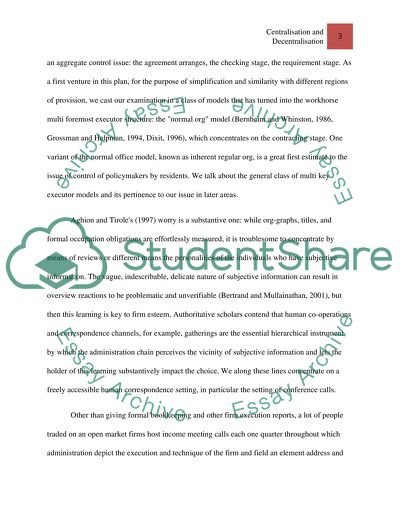Cite this document
(“Centralisation and Decentralisation Essay Example | Topics and Well Written Essays - 1000 words”, n.d.)
Retrieved from https://studentshare.org/e-commerce/1647313-essay
Retrieved from https://studentshare.org/e-commerce/1647313-essay
(Centralisation and Decentralisation Essay Example | Topics and Well Written Essays - 1000 Words)
https://studentshare.org/e-commerce/1647313-essay.
https://studentshare.org/e-commerce/1647313-essay.
“Centralisation and Decentralisation Essay Example | Topics and Well Written Essays - 1000 Words”, n.d. https://studentshare.org/e-commerce/1647313-essay.


